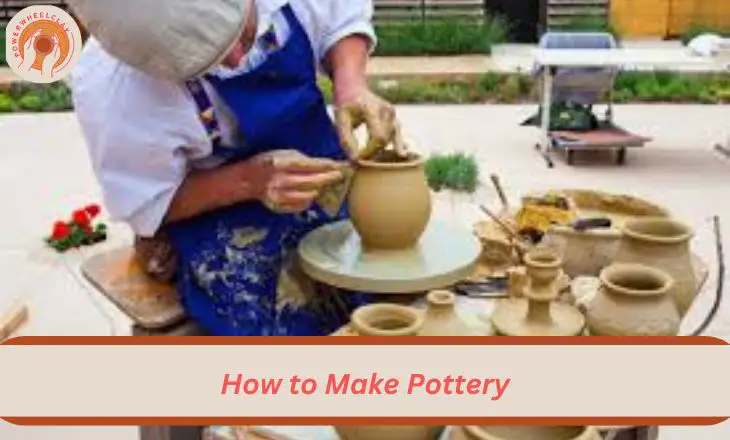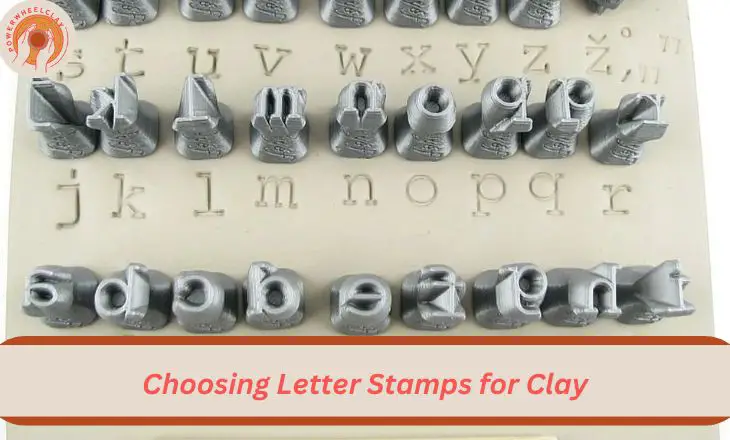How to Make Pottery – 8-Step Pottery-Making Process
The Pottery-Making Process is a timeless art form that allows us to mold our creativity into tangible works of art. From the humble lump of clay to the beautifully crafted final product, the pottery-making process is a journey filled with skill and passion. Each step of making clay pots holds its own magic, from wedging and centering the clay on the wheel to carefully trimming and glazing each piece.
Step #1: Choose your Clay For the Pottery-Making Process
When choosing the right clay for your pottery projects, it’s essential to consider factors like plasticity, color, and firing temperature. Earthenware clay is popular for beginners due to its low firing temperature and easy workability.
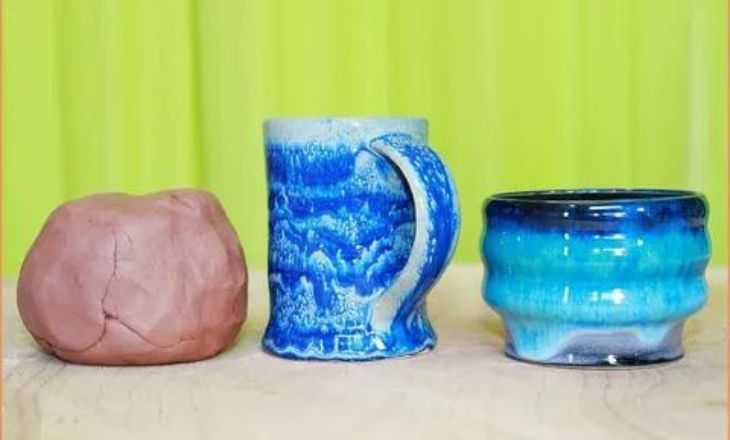
Potters often experiment with different types of clay to achieve specific textures and finishes in their final pieces. Mixing clays can also result in unique effects that showcase the versatility of this art form. Understanding the characteristics of each type of clay can help you make an informed decision based on your desired outcome while providing endless possibilities for creative expression in pottery making.
Earthenware
Earthenware has a long history of being the go-to choice for artists and potters looking to create vibrant, colorful pieces. Its lower firing temperature allows for a wider range of glaze options, resulting in stunning finishes not easily achieved with other types of clay. The porous nature of earthenware also makes it perfect for decorative pieces such as flower pots or vases, as they allow for better moisture retention in plants.
Its plasticity enables artists to experiment with various shapes and forms more freely, making it an ideal choice for beginners looking to hone their pottery making skills.
Stoneware
Stoneware, with its exceptional heat tolerance and durability, is a pottery favorite that offers endless possibilities for artistic expression. Its dense nature sets it apart from other clays, making it ideal for creating functional pieces that can withstand the rigors of everyday use. This clay’s versatility extends to its malleability, allowing beginners to easily mold and shape it into various forms with relative ease.
Stoneware also boasts a rich history in the world of ceramics pottery, dating back centuries. The unique characteristics of this clay make it an excellent medium for experimenting with different glazing techniques and firing processes to achieve diverse aesthetic results.
Porcelain
Porcelain, with its smooth texture and impressive heat resistance, offers unique qualities that set it apart from other pottery clays. Its elasticity can pose a challenge for beginners looking to mold and shape their creations with ease. it is worth exploring the world of porcelain clay for those willing to embrace a slightly more advanced level of craftsmanship.
When selecting pottery clay, the variety of options available may initially seem overwhelming. It’s important not to be deterred by the range of choices but rather intrigued by the possibilities each type of clay can offer.
Step #2: Wedging the Clay
Wedging clay is a fundamental aspect of pottery making that cannot be overlooked. Removing air bubbles and enhancing workability, this process also aligns the clay particles to create a more homogenous material. This uniform consistency not only improves the structural integrity of your piece but also results in smoother surfaces and cleaner lines when creating intricate designs or shapes.
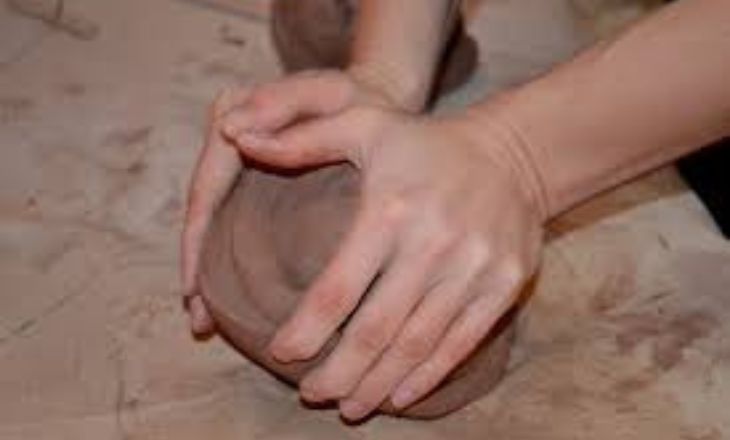
Wedging plays a crucial role in preparing the clay for various forming techniques such as hand-building, throwing on the wheel, or sculpting. By incorporating different wedging methods into your practice, you can tailor the clay’s properties to suit specific projects and bring your artistic vision to life with precision and control.
Step #3: Choose a Pottery making Technique
Pottery making is an ancient art form that has captivated civilizations for centuries, with each culture developing its unique techniques and styles. The world of pottery is a vast and fascinating one, offering a plethora of methods for creating beautiful and functional pieces. From hand-building to wheel-throwing, each method carries its own set of challenges and rewards, allowing artisans to express their creativity in diverse ways.
The journey of selecting a pottery-making technique is akin to embarking on a creative adventure where the possibilities are endless. By understanding the distinct characteristics and processes involved in different techniques, you can hone your skills and find the method that resonates most with your artistic vision.
Throwing
Throwing clay on the pottery wheel is a mesmerizing experience that requires patience and practice. As a beginner, I found myself drawn to the rhythmic motion of shaping the clay and the challenge of mastering the art of centering. The key to successful throwing lies in developing a steady hand and learning to apply just enough pressure to raise the walls without causing them to collapse.
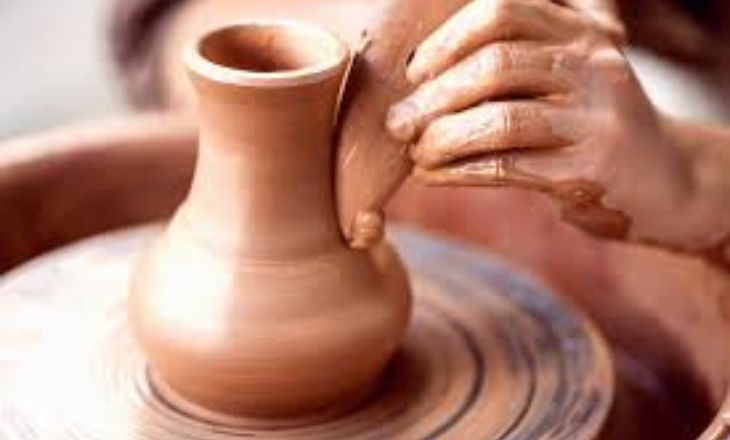
Investing in a quality set of pottery tools is essential for refining your skills and achieving professional results. The 8-piece Tool Set mentioned offers a comprehensive selection of instruments that are indispensable for every potter’s toolbox, making it an ideal choice for beginners looking to embark on their clay-throwing journey.
Coiling
The coiling technique in pottery offers endless possibilities for creativity and expression. As you stack one coil atop another, the shape of your pot begins to take form, allowing for a wide variety of designs. Whether you prefer a traditional vase shape or something more abstract, coiling allows you to craft pottery with stability and precision. This method is favored by many potters for its versatility in creating unique and intricate pieces.
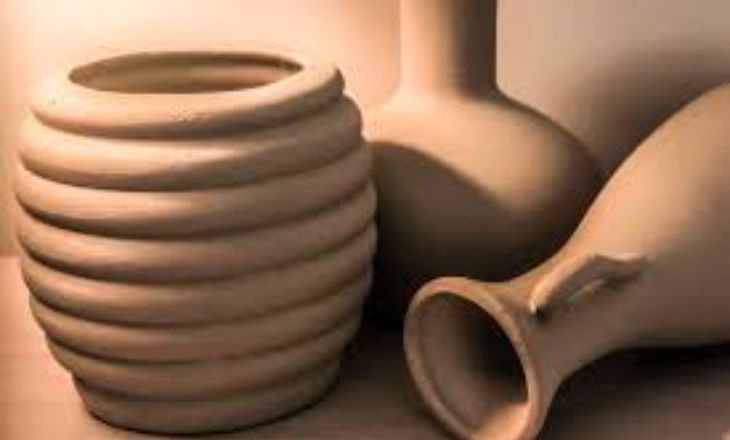
By using soft, moist clay, artists can easily manipulate the coils into their desired shapes without fear of cracking or collapsing. The flexibility of this technique enables artists to experiment with different forms and sizes, pushing the boundaries of traditional pottery-making. From small trinket dishes to large decorative vases, coiling provides a solid foundation for building ceramics that are both functional and visually striking.
Pinch Pot
Pinch pot pottery offers a unique hands-on experience that allows for a deep connection with the clay. The process of pinching and shaping the walls of the pot solely using your fingers fosters a sense of intimacy with the material, enhancing the artistic journey.

Pinch pots may be limited in size compared to other pottery techniques, this restriction encourages creativity within boundaries. Working within these constraints can lead to innovative designs and intricate details that may not be as easily achieved with larger projects.
Step #4: Making the Pottery
When it comes to pottery making, having the right tools is essential. From wooden modeling tools to metal scrapers, each tool serves a specific purpose in shaping your creation. Pottery allows for endless opportunities to experiment and refine your skills, so embrace the chance to start over and try again.
Recycling clay is not only cost-effective but also environmentally friendly. Instead of tossing out failed creations, you can simply rehydrate the clay and mold it into something new. This sustainable practice embodies the spirit of pottery making – a continuous cycle of creation and recreation.
Step #5: Trimming and Decorating your Pottery
At the leather hard stage, trimming and decorating your pottery can truly bring out the beauty of your piece. Trimming allows you to refine the shape of your vessel, creating a smooth edge that adds elegance and balance. Adding handles or other decorative elements at this stage can enhance the functionality and aesthetics of your creation.

When it comes to decoration, using underglazes and slips in the greenware state can result in stunning effects. These materials can be applied before firing to achieve vibrant colors and intricate designs that become permanently fused with the clay during the kiln process.
Step #6: Bisque fire the clay
When bisque firing your clay, ensuring it is bone dry is crucial to prevent any cracking or exploding in the kiln. While external appearance may deceive, moisture trapped within the clay can lead to disastrous outcomes during firing. To achieve successful results, patience in allowing the clay to thoroughly dry is paramount. The atmospheric conditions of your environment greatly influence drying times, with some pieces requiring a week or more before reaching the bone-dry state.
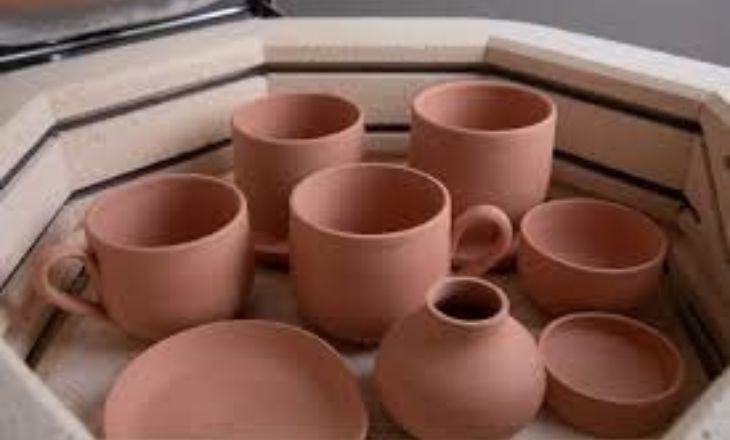
The science behind pottery cracking sheds light on the importance of proper drying procedures in ceramic work. As water molecules within the clay reach boiling point during firing, steam produced requires ample channels for evaporation. Incomplete drying leads to steam expanding too rapidly without escape routes, resulting in structural compromises within the material.
Step #7: Glazing your pottery
Once the clay is bisqued, transforming into a durable ceramic material, the exciting process of glazing begins. The application methods for glaze are diverse and offer endless creative possibilities. Whether you prefer dipping, spraying, brushing, or pouring, each technique lends a unique touch to your pottery creations. It’s crucial to match the firing temperature of your glaze with that of your clay to achieve optimal results.
As a beginner, aligning the firing temperatures ensures a smoother journey towards successful outcomes in your pottery endeavors. With 27 practical tips for glazing pottery at hand, navigating through the intricate world of glazing can become both easier and more rewarding.
Step #8 Put your Pottery in the kiln for a glaze fire
Placing your glazed pottery in the kiln marks a moment of anticipation and transformation. The kiln heats up to temperatures surpassing 1800 degrees Fahrenheit, and the chemical properties of the glaze come alive, melding with the clay to form a unique and vibrant finish.
The crackling sound of heat radiating through the kiln can be likened to nature’s symphony, signaling the pottery’s metamorphosis into enduring art. Each minute inside reflects hours of careful crafting and creativity.
Low-Firing Temperatures
Low-firing temperatures offer a versatility that is unmatched in the world of ceramics. The ability to work with clay at lower temperatures opens up a world of creative possibilities, allowing artists to experiment with different glazes and techniques. While earthenware may not be as durable as other clays, its unique properties make it ideal for certain projects where a more delicate touch is desired.
Potters who embrace low-fire techniques understand the delicate balance required to create beautiful pieces that can withstand the firing process. The plasticity of earthenware allows for intricate detailing and shaping, while the porous nature of the clay adds an element of unpredictability to each firing.
Mid-Range Temperatures
Mid-range temperatures offer a sweet spot for pottery enthusiasts, striking a balance between the lower and higher extremes. The firing at Cone 5 to Cone 7 allows for greater durability in stoneware pieces compared to low-fire techniques. This range presents a versatile option that can cater to both form and function, enhancing the overall quality of the finished pottery.
The temperature range allows for intricate designs and vibrant colors to be achieved without sacrificing the structural integrity of the piece. Potters find that mid-range firing offers them more creative freedom and control over their outcomes, resulting in aesthetically pleasing ceramics that are also well-built.
High-Fire Stoneware
When working with high-fire stoneware, the transformative power of heat is truly remarkable. The process of firing pottery at such high temperatures not only strengthens the piece but also enhances its durability and longevity. As the clay and glaze fuse together in the intense heat of the kiln, a beautiful synergy emerges creating a piece that is hard, nonabsorbent, and lustrous.
Conclusion
The world of pottery-making offers a rewarding and creative outlet for beginners to explore. By setting up a home pottery studio and acquiring the necessary materials, anyone can embark on this fulfilling journey. Whether choosing to follow a simple project or challenge oneself with more intricate designs, the process allows for personal expression and growth. Watching instructional videos can provide valuable insight into the crafting process while sharing one’s creations with others can be a gratifying experience.
